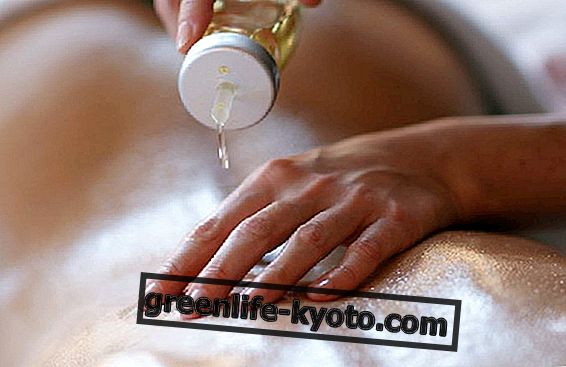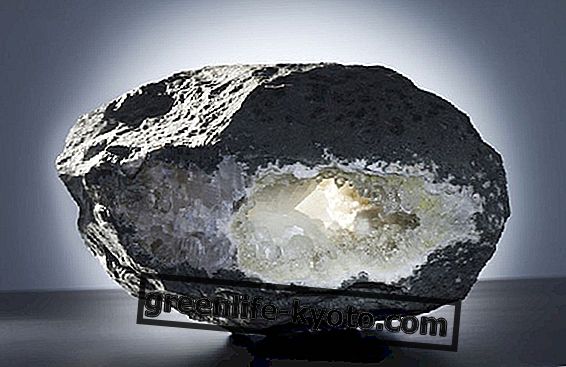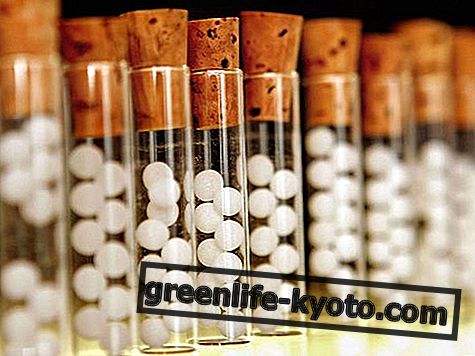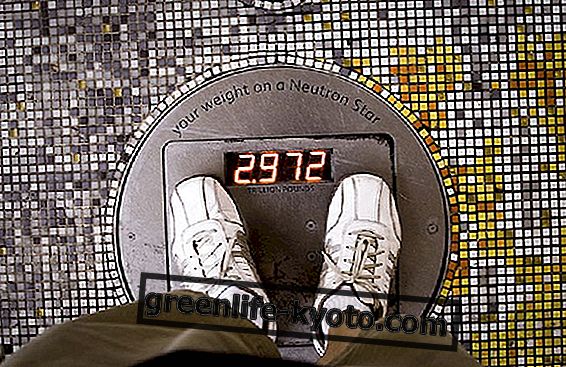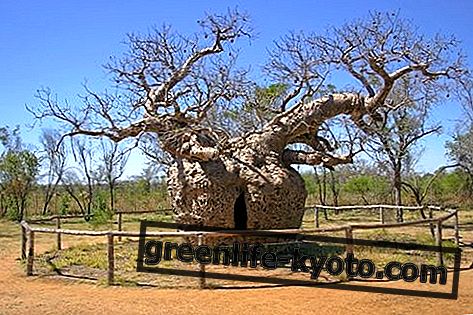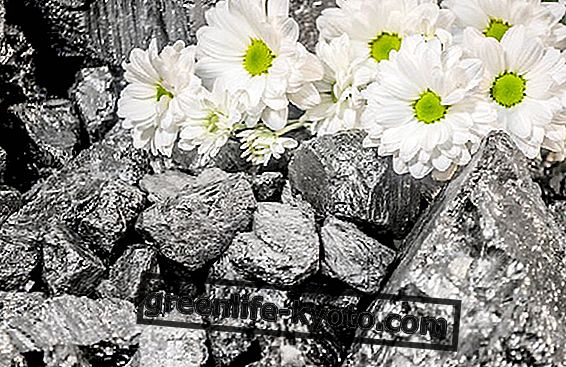
The interest in the care and preparation of the athlete in the races is an ancient practice, dating back to the Greek era in which Aesculapius, god of medicine, considered the son of Apollo, was worshiped; however, it is only from the second century BC that this art spread from Greece to Italy, thanks to some followers of Hippocrates. This practice was also introduced in Roman culture, considered a ritual art thanks to which it was possible to harmonize the body and the mind to obtain the best athletic performance. A testimony of the importance and sacredness of this art derives from innumerable not only monumental works such as the circuses or race circuits, which have made famous cities like Athens, Rome or Delphi, but also by the tradition of setting up sports competitions of various specialties in which all the athletes could try. A modern example of this is the modern Olympics revisiting the ancient Hellenic races, which were held, in honor of the Olympian gods, in the Greek city of Olympia. This attention and interest in sports preparation has led to recognizing, studying and using many natural remedies, both to improve athletic performance and to cure possible intercurrent diseases; these remedies, mostly derived from plants, animals or minerals, properly prepared, constitute the bases of today's natural medicine and homeopathy in particular.
The athlete or those who aspire to become an athlete, as well as the amateur, who exercises in the gym at a non-competitive level, need care and prescriptions appropriate to the level of fatigue and muscular work to which they must be subjected; taking into consideration also that to achieve the best athletic performance, the body must always be in good health. To achieve this it is necessary to start by controlling the diet first by paying close attention to the type of food and calories introduced with the diet, in fact, only a correct and balanced diet can guarantee the right caloric intake to each athlete, especially in the phases of greater consumption, such as those of intense muscular effort, as occurs during training or competitive competitions. Alongside nutrition, another crucial point of every sporting activity resides in a musculoskeletal structure adapted to the physical effort required, which is obtained with a well calibrated and regular physical exercise, consequent to a personalized training. Finally, but not in order of importance, sporting activity requires a harmonious psycho-physical balance, which, by removing all situations of stress and tension, can guarantee the best athletic performance.
Homeopathic medicine, as a natural medicine on a human scale, can well fulfill all these tasks, because it proposes natural and sweet therapeutic interventions, with side effects that are often non-existent, but certainly centered on the athlete and therefore personalized . Indeed, homeopathy looks at the health of the patient / athlete with a global and holistic vision, where the subject is a single element, a body-mind whole, whose harmonic balance is essential and fundamental to express its potential to the full. This is, therefore, the medicine, which more than any other, can undertake this path of harmonization aimed at achieving complete well-being and the best physical form of the athlete, thanks to the use of natural remedies, whose action is expressed at various levels by virtue of its multiplicity of actions.
Homeopathic medicine is useful, in fact, in the first instance in terms of acute symptoms as it can act locally on the predominant symptom, which is often pain: that resulting from muscle stretching, for example, or the hematoma, or that resulting from other traumatic musculoskeletal injuries typical of the athlete. But it turns out to be equally effective on the basic conditions of the subject, which can constitute predisposing causes for the various types of pathologies. These basic conditions of the subject must, in fact, be identified by the doctor who is a homeopathic expert and then treated by what is called the "ground therapy", ie the treatment of the subject's basic structure, with the administration of a specific homeopathic remedy, inferred according to the physical and constitutional characteristics of the subject himself, according to the constitutional theory, a pillar of modern homeopathy. Homeopathic therapy acts, therefore, on the one hand treating and resolving the acute pathological processes in place, on the other hand leading to resolution and improving all the physiological or morpho-functional alteration situations proper to the subject's constitution, which can affect performance athletic. Another interesting aspect of homeopathic care lies in the flexibility of use that different homeopathic remedies present both in terms of type and dosage.
An analytical description of these remedies comes from the various texts of Homoeopathic Materia Medica, which refer to the original studies of Hahnemann (1755-1843) founder of this new medical science, in which all the remedies studied based on their are listed and illustrated characteristics: composition and toxicology, symptomatology, mode of manifestation, type of sensitive subjects and pathologies that best respond to the medicine and the relative recommended dosages. This is a real treatise on pharmacology, which allows us to highlight the activity of the various homeopathic remedies and to be able to choose the most suitable ones for the care and preparation of athletes or aspirants. Some of these remedies, which are described below, have been known for some time and represent an indispensable aid, both in the most common pathologies such as traumas and bruises (1. Group of remedies), and in more severe pathologies such as muscle strains or bone fractures ( 2. Group of remedies), often in association with more traditional treatments.
1. Group of remedies : in the acute trauma the universally recognized first aid medication is ARNICA MONTANA, a remedy derived from the homonymous plant of the Composite family. This remedy is certainly the most used in sports medical practice as it represents the key remedy for both direct and indirect traumas due to its pain-relieving and anti-edema action on all types of traumatic injury . It works equally well on contusive lesions, muscle fatigue and bruising thanks to its protective action on the microcirculation, as well as on all symptoms related to trauma, such as the sense of soreness, bruising or muscular and emotional tension, which usually accompany a severe trauma. Another typical remedy of the acute phases of the trauma is APIS MELLIFICA, a remedy of animal origin, it derives from the bees, this finds its indication in the earliest stages of the traumatic event due to its marked anti-edema action and its mode of action linked to the cold . This remedy presents a rapid action, but of short duration and finds its correct application right in the first hours of the trauma in combination with the traditional cryotherapy. The other complementary remedy to Apis is BRYONIA ALBA, derived from a plant of the Cucurbitaceae family, has a chemical structure similar to that of corticoids, from which a marked anti-inflammatory action derives. It acts, as well as anti-edema and anti-inflammatory, in particular at the level of the serosa, it therefore finds an indication in all the traumatic articular phenomena icy and exudative as hydrart and arthritis, which improve with immobility, a typical characteristic of the remedy. The BELLADONNA remedy belongs to the Solanaceae Family, derived from the entire flowering plant of Atropa Belladonna, this medicine has a powerful parasinpaticolitica action and acts mainly on the pain of contracture . The action of the remedy is characterized by the appearance of the symptom: rapid onset, throbbing and cramping pain, very hot inflammatory area, with possible fever rise accompanied by strong agitation. Precisely because of these characteristics, the application of Belladonna is included in cases of high trauma, complicated or accompanied by great psycho-physical stress . Another remedy follows which, it always acts in the early stages of trauma, in harmony with Arnica and Apis, and is LEDUM PALUSTRE, derived from a shrub of the Ericaceae family, which grows in marshy areas. This medicine has a marked action on capillaries and joints in general and when the lesions are mainly represented by purplish black ecchymoses, which respond positively to the action of cold and immobility, which represent the characteristic modalities of the remedy. These four remedies described are, therefore, the most used ones, both individually and in association with one another, in the early stages of acute trauma . They are indicated in all cases of muscular injuries, which are the prevalent pathologies, representing about 30% of all sports injuries . Other indications are represented by muscle contusions due to direct trauma of degree I and by more complex lesions of II0 and III0 degree from indirect trauma, such as strains, tears or muscle breakages. As already underlined these medicaments act on the various symptoms reducing pain and edema, significantly reducing blood extravasation or hemorrhage and furthermore, having a direct action on the overall duration of the symptomatology, favor the complete resolution of the pathology in a shorter time .
You can learn more about the properties and use of Arnica montana
2. Group of remedies: it finds its prevalent application in acute or chronic pathologies of the osteo-tendon system ; these mainly include ligament injuries, tendons or capsule-ligament injuries and actual bone injuries such as fractures. The three main remedies that act in this type of disease are: RUTA GRAVEOLENS, RHUS TOXICODENDRON and SYNFYTUM . RUTA GRAVEOLENS is a remedy derived from a plant of the Rutaceae Family and presents an elective tropism for fibrous and tendon tissues, ligaments, aponeuroses and periosteum. The route performs its action in all cases of simple or complicated distortion, in particular in cases where the tear is evidenced by the bony insertion of the ligaments or tendon; in the dislocations, and in all the traumatic lesions in which the pain and the sense of contusion that improves with the movement prevails, typical characteristic of the remedy. Its use is therefore prevalent in the initial stages of rehabilitation after treatment with Arnica or with Bryonia and Apis, which takes place in the acute phase of the lesions. As regards RHUS TOXICODENDRON, a remedy that derives from a shrub of the Anarcadiacee family, this plays a prevalent action on periarticular fibro-connective tissues (tendons, ligaments or aponeuroses) similar to Ruta, but its mode of action has as characteristic is the painful rigidity at the beginning of the movement, with improvement during the movement and is therefore mainly used in all the pathologies that present the characteristic modalities of the medicine such as in sciatica worsened by rest or in rheumatic forms worsened by humidity. It also appears to be an excellent remedy in the initial phase of rehabilitation in association with Ruta graveolens. The indication for the use of SYNFYTUM, a plant of the Borraginaceae family, occurs in the painful after-effects of bone and periosteum traumas, as in the periostitis of the cross-country skiers (elective remedy) and in all bone fractures . In the latter, in particular, this remedy is used to accelerate the formation of callus and is often administered in association with Calcarea Phosphorica, a complementary remedy for action to Synfytum.
These homeopathic medicines are certainly some of the main remedies that the homeopathic doctor knows he can prescribe as symptomatic in the various stages of the trauma, but for an effective and decisive cure, which can therefore give more lasting results, a "ground" treatment is fundamental. background, as previously mentioned, aimed at intervening more deeply on the constitutional characteristics of the athlete and therefore, on his predisposition to ill. This approach involves a thorough visit where, based on the anamnesis and the physical, constitutional and psychological characteristics of the subject, and the symptomalotogy present, it is possible to establish the most appropriate constitutional (or basic) treatment to be used in patient care.
At the conclusion of this brief “excursus”, I think we can say that the sport-homeopathy binomial represents a winning binomial, because it is in this field that the best results are obtained and where the therapeutic efficacy of this medicine is better highlighted, both for the treatment of the acute disease, both as a preventive treatment of the typical pathologies of the athlete. In fact, homeopathic medicine offers a complete and personalized approach to sport, and therefore to sports, in which athletic training and medical care can be combined in a harmonious, gentle and effective manner and where it is also possible to find the best integration with traditional medicine.
Dr. Loredana Tocalli
Surgeon Specialist in Hygiene and Preventive Medicine
Expert in Homeopathy and Acupuncture


